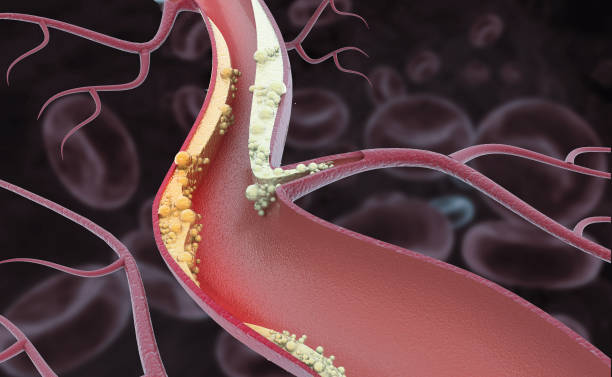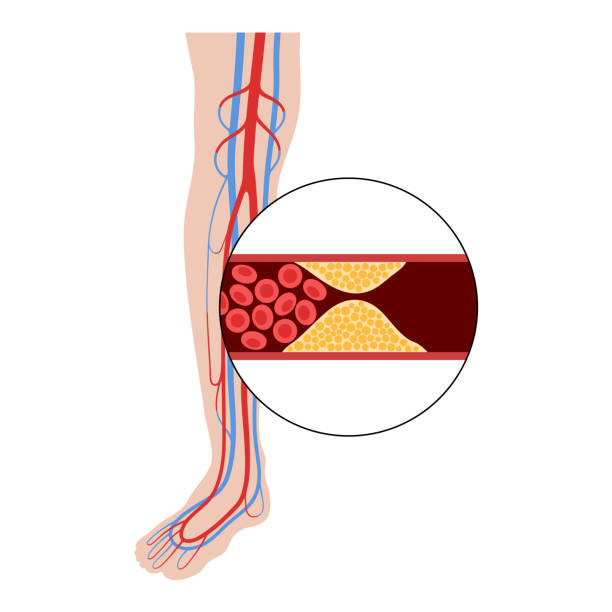
Atherosclerosis, the hardening and narrowing of arteries due to plaque buildup, poses a critical threat when it affects cerebral arteries. It silently disrupts blood flow to the brain, increasing the risk of stroke, memory loss, and cognitive decline.

Cerebral atherosclerosis refers specifically to plaque buildup in the arteries that supply the brain. Over time, this narrows the vessels and limits oxygen-rich blood flow, which can severely impair brain function.
The brain, despite weighing only 2% of the body, consumes over 20% of its oxygen supply. Any interruption can have devastating neurological effects.

The brain’s blood supply comes primarily from two internal carotid arteries and two vertebral arteries, which form the Circle of Willis — a crucial safety net that ensures continued flow even if one route is blocked.
A ruptured plaque in a brain artery can cause a clot to block blood flow, leading to an ischemic stroke. In severe cases, long-term disability or death can result within minutes.

Atherosclerosis can also weaken artery walls over time, leading to the formation of aneurysms in brain vessels, which may rupture and cause hemorrhagic strokes.

Cerebral atherosclerosis is often silent until it's too late. By understanding its early warning signs, causes, and prevention strategies, we can protect our most vital organ — the brain — and promote a healthier, longer life.